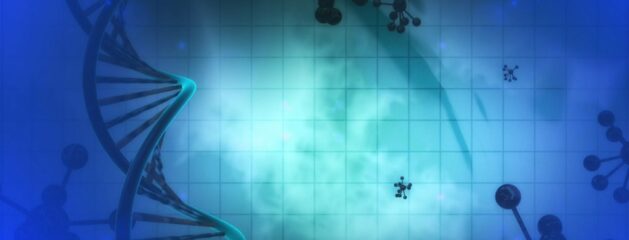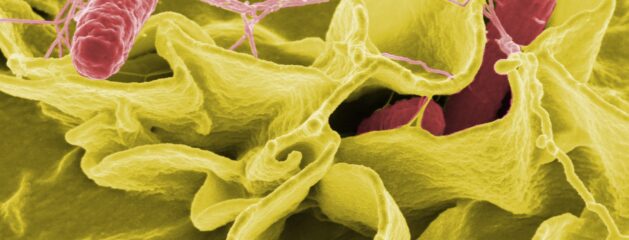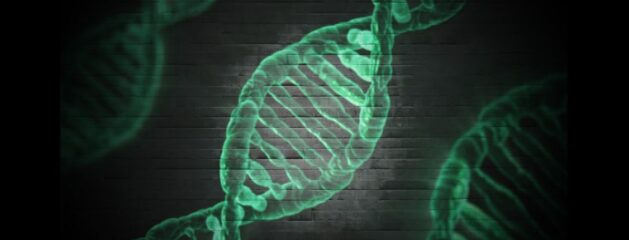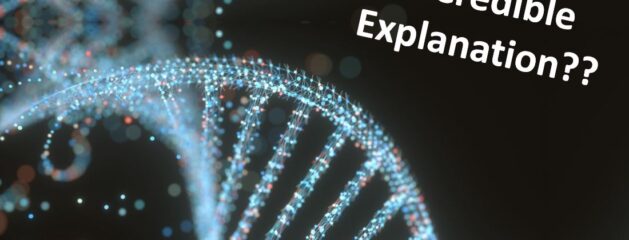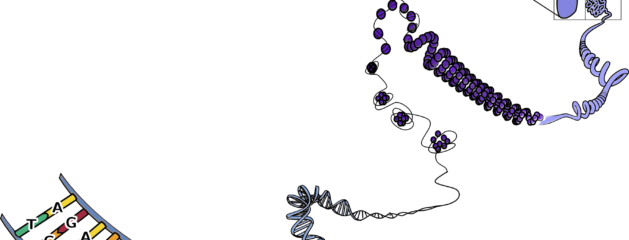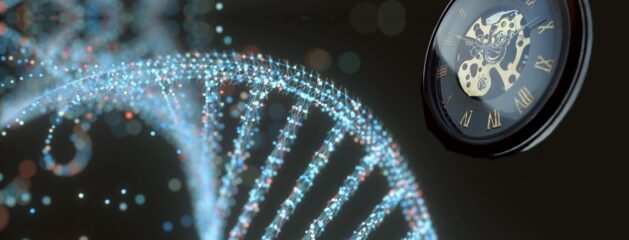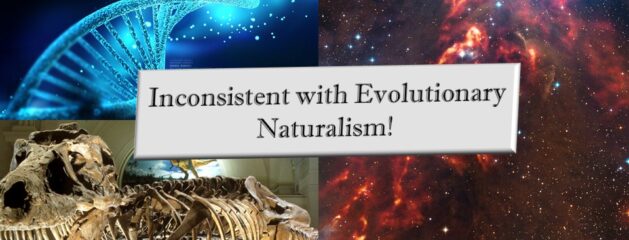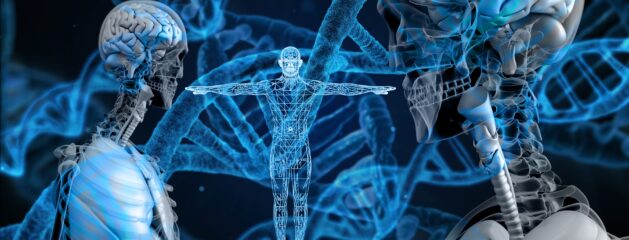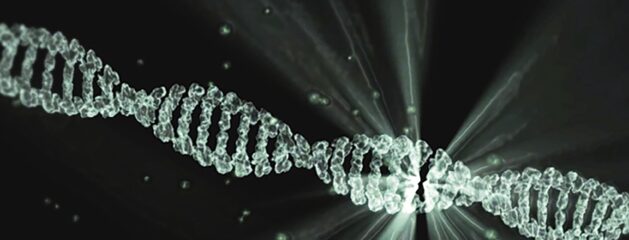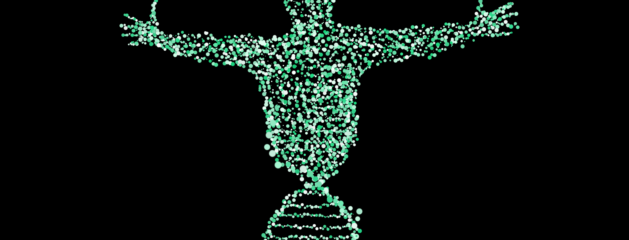Heme – “vital for life”, but too much and it is toxic and causes cancer, diseases, and aging. “Manufacturing it is therefore an absolutely essential biological process, but this must be tightly controlled. …This is yet another demonstration of the fact that cells are far from simple. Here we see they are logistics experts, employing complex systems of checks and balances. In this case, it involves perfectly gauging the supply and demand of this absolutely essential...
Read MoreToo Much – Bad!…Too Little – Bad!
